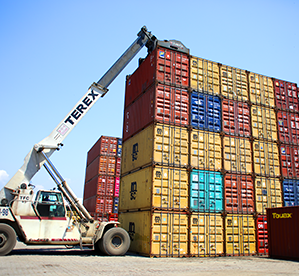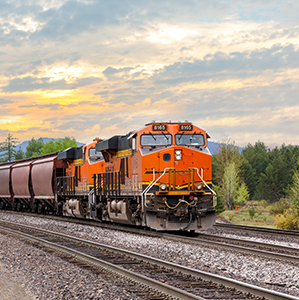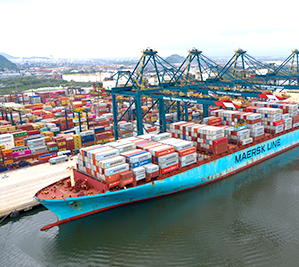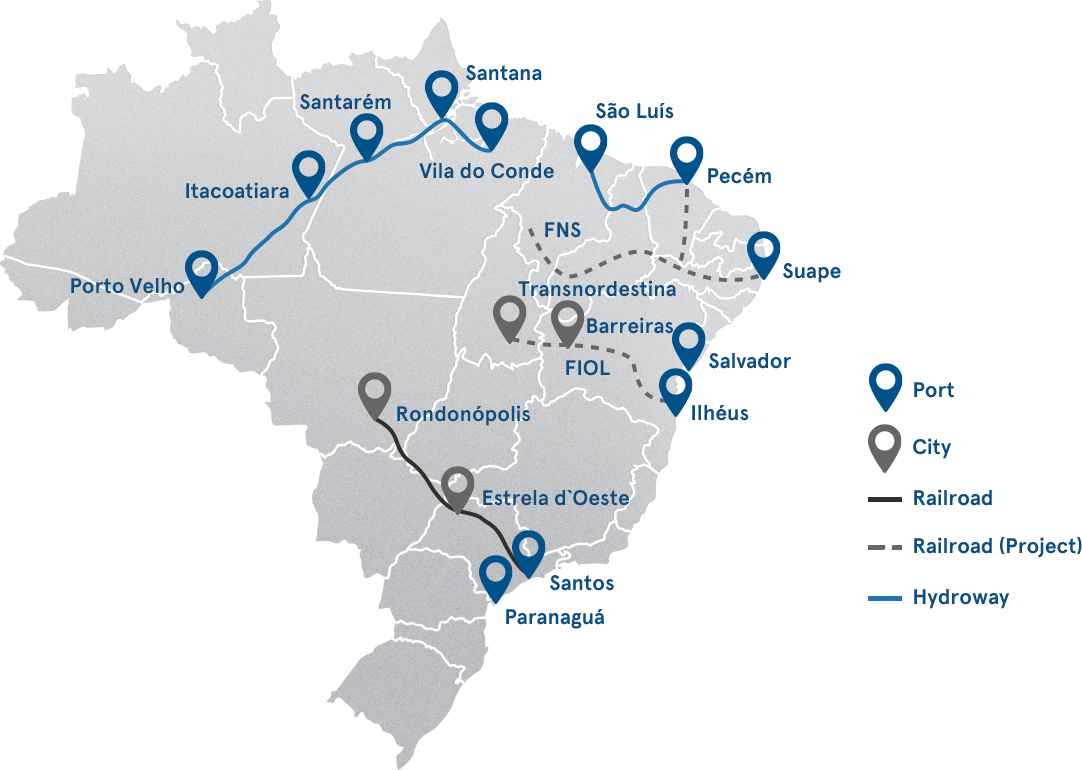
Weight: Brazilian cotton bales are standardized in pressing, each weighing around 200kg to 220kg, measuring 0.90m in length, 0.50m in width, and 1.4m in height.

Traceability: Each bale has a tracking code that includes the following information: producer farm, processing plant, press number, laboratory, and HVI test quality results.

Availability: Brazilian cotton is available for purchase year-round, simplifying planning and offering a more flexible production schedule.

Reliability: 100% of Brazilian cotton is tested with high-volume (HVI) instruments.
Brazil’s vast size means transportation times vary depending on the harvest location before reaching the Port of Santos, Brazil’s main port, from which 98.6% of fiber exports depart. Shipping takes 2 to 4 days post-processing, plus several more days to reach key buying countries:
China – 35 to 45 days (Qingdao, Shanghai, Zhangjiagang ports)
Vietnam – 42 to 50 days (Ho Chi Minh City, Haiphong, Danang ports)
Bangladesh – 45 to 65 days (Lat Krabang port)
Approximately 83% of export cotton is transported to port via road.

Transit by road from the cotton producing regions to Santos can take between 3-5 days.

Few containers are released for up-country packing.

Rail service is available in Mato Grosso, with max capacity of around 80k / month for all commodities.

Typically around 97% of Brazilian cotton exports are routed through the Port of Santos.



68 destinations | 98% of exports to Asia

Complete list of export companies and agents.